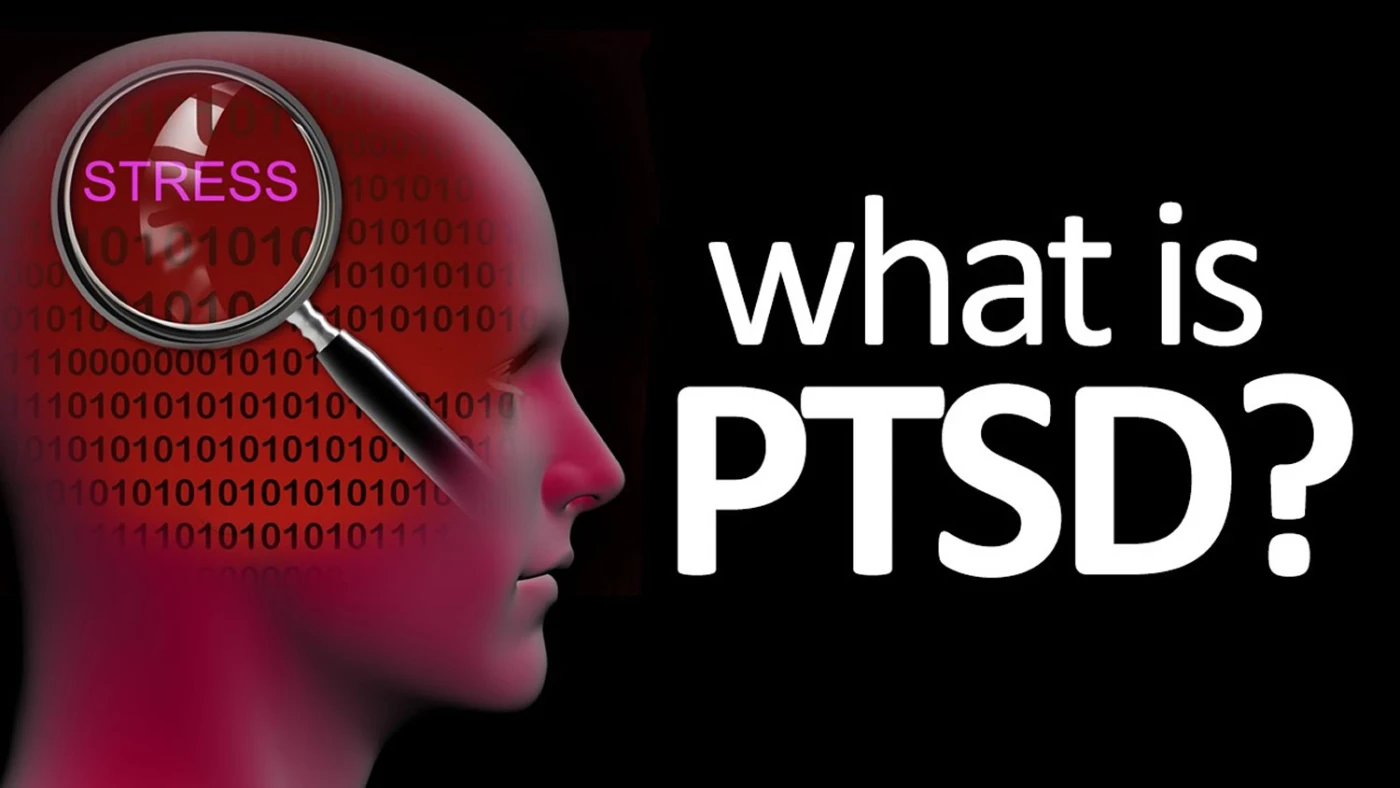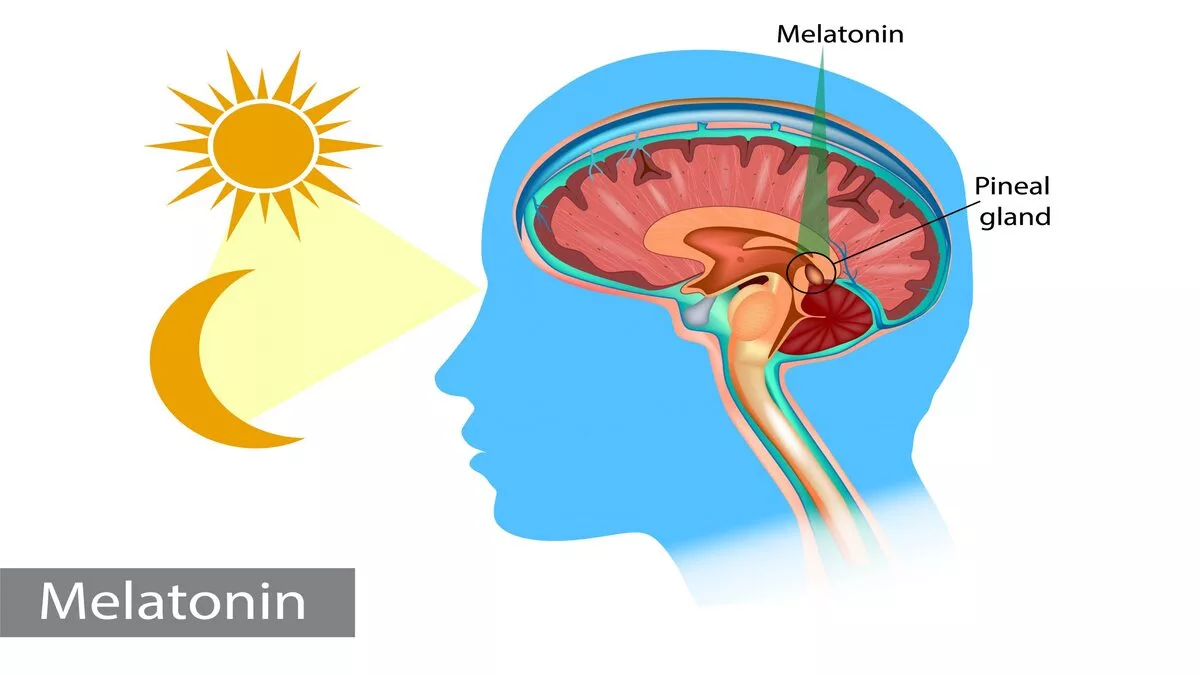A crucial alteration to be made to the EMDR protocol when treating EMDR for complex PTSD is the acknowledgment of dysregulation or disassociation. This is best detected at the initial stage, during the comprehensive history-taking phase of the treatment.
Disassociation involves a separation from one’s feelings or thoughts, not merely suppressing emotions in order to protect oneself but rather creating a mental divergence from those sentiments. This is not an unusual scenario for those undergoing EMDR for complex PTSD. The therapist may need to focus on the client’s disassociation as a primary step before proceeding with a full-fledged EMDR treatment.
Modifying EMDR for Complex PTSD Symptoms
Another essential amendment when applying EMDR for complex PTSD pertains to the time commitment for the treatment. While EMDR is not the speediest of therapeutic methods, it has an intentional design to allow ample time for trust-building between the therapist and client, addressing traumatic memories, and cultivating positive coping mechanisms.
The distinct nature of complex PTSD, involving a wider spectrum of thoughts, memories, and experiences, necessitates an extended treatment duration. The specific timeframe varies, dictated by individual needs and circumstances.
Sorting through Layers of Emotions
With complex PTSD, there’s a multitude of layers, both for the client and therapist, to explore and unpack. The therapist has to delve through these memories and emotions in an EMDR session, the patient is asked to tune into a specific thought, memory, or feeling for processing. Initially, this focus might be for a brief span, but with the therapist’s support over several sessions, the patient gradually acquires the ability to sustain that focus longer.
Following the resolution of one memory, the attention shifts to the next. Thus, addressing multiple memories to seek closure from complex PTSD can be an extensive process.
EMDR can prove to be tremendously effective in treating complex PTSD symptoms, necessitating careful modifications to the EMDR protocol to optimize results. Even the most robust tool delivers its greatest efficacy in the hands of expert practitioners. Hence, a clinician with in-depth experience in treating complex trauma is likely your strongest ally. Specialized treatment for C-PTSD often lacks the requisite training among clinicians.
Key to your healing journey is finding a therapist who’s not only proficient in EMDR for complex PTSD but also one with whom you can establish a productive therapeutic relationship. With the guidance of an informed therapist, EMDR therapy can significantly assist you in overcoming your complex trauma.
EMDR Treatment Approach for Complex PTSD
To effectively aid those grappling with Complex PTSD (CPTSD), a keen emphasis on the desensitization of pivotal memories helps in accelerating ample symptom reduction. The treatment planning and case conceptualization for CPTSD individuals, using EMDR for complex PTSD, don’t significantly deviate from the strategy used for PTSD therapy. This approach chiefly attends to the client’s most distressing symptoms which often manifest as intrusive recollections of traumatic incidents, signifying traumatic memories as the causal elements.
Addressing Fear in EMDR for Complex PTSD Treatment
The defining characteristic of individuals with CPTSD is their heightened fear of revisiting past memories and the emotions they trigger. Those affected by (childhood) abuse tend to shut themselves off from their past and consequently, from trauma-focused treatment. This reaction can manifest as instincts to escape or evade, occasionally distracting the therapist from their trauma background. Their susceptibility to dissociate is evident, a factor that, despite research indicating it doesn’t influence the outcome of trauma-focused therapy, may restrict access to traumatic memories during therapy sessions. It is often evident when the client can’t retrieve the trauma image, feels no tension, and asserts an inability to access the memory.
In these cases, the fear of being overwhelmed by memories and their attendant emotions leads to partial memory activation or none at all. This scenario hampers the processing of the trauma memory. The primary strategy for managing such dissociation is normalizing it for the client and motivating them to maintain the memory in their working memory as long as possible, a recommendation drawn from EMDR 2.0. This strategy keeps clients within their “window of tolerance” and helps manage the fear of being engulfed by traumatic memories. A useful technique for this scenario is the flashforward technique.
Tackling Shame in EMDR for Complex PTSD Treatment
Shame is another crucial element that can hinder the effective treatment of individuals diagnosed with CPTSD, especially those who have experienced repeat sexual trauma or incest. EMDR therapy for complex PTSD, compared to imaginary exposure, offers the option of treatment while the therapist remains “blind”. The Blind to Therapist procedure assures patients that their trauma narrative need not be disclosed; a strong mental focus on it suffices. This approach has proven effective and doesn’t negatively impact the progress and effect of EMDR therapy.
Is EMDR for Complex PTSD Effective?
“Is EMDR for complex PTSD (C-PTSD) appropriate?” is often delineated. To put it simply, yes, EMDR proves to be a highly effective therapy for C-PTSD, particularly for those individuals grappling with childhood trauma. While it’s an impactful therapeutic technique, customizing EMDR to cater to each individual’s prevalent disorganized and dissociative symptoms, usually a result of early developmental neglect or misuse, is crucial.
As an 8-step healing process, EMDR skillfully facilitates clients in confronting their traumatic past and dealing with lingering emotional, mental, and physical distress. This examination presents essential amendments to these 8 phases, allowing clinicians and their clients to safely navigate EMDR for complex PTSD.
The memory of chronic, early developmental trauma is often non-verbal and typically linked with dissociative symptoms. Thus, it’s vital for practitioners to stress the importance of resource development and gentle pacing of EMDR therapy. By ensuring a present safety net, clients can achieve successful healing outcomes. Gradual tolerance for emotions and physical sensations that are usually tied to traumatic memories paves the way for overcoming the once-debilitating symptoms of C-PTSD. With increased awareness and empathy, clients learn to face their pain and suffering positively.
Harnessing EMDR for Complex PTSD
The main objective of implementing EMDR for complex PTSD is to empower clients by nurturing a mindful Self, one capable of empathetically managing emotions, sensitive experiences, and childhood impressions in a secure manner. Essential to this process is therapists’ proficiency in dealing with preverbal or nonverbal memories, employing a body-centered approach. This is critical since our preliminary memories are conserved in the form of motor patterns, sensations, emotional responses, and psychophysiological arousal. In light of the interpersonal aspect of trauma, an emphasis on the relational interchange is key.
Expertise in EMDR
Here’s an in-depth review of how EMDR for complex PTSD and attachment trauma unfolds through the 8-phases of EMDR Therapy:
Unveiling the Past
The first stage involves building an extensive client profile—including both gratifying life incidents and traumatic encounters. For complex PTSD cases, this phase allows therapists to gauge the client’s ability for bodily consciousness and identify dissociative tendencies. The therapist evaluates early life events to discern the foundational emotional and physical patterns, along with persistent negative thoughts crucial for case formulation.
Guided Preparation
At this juncture, therapists equip clients with effective strategies to confront their challenging memories without succumbing to shock. Resource Development Installation (RDI) aids clients in visualizing and firmly connecting with positive emotional states. A common RDI practice entails imagining a comforting place where the client experiences tranquility both physically and mentally. Besides this, therapists support clients in recognizing the components of their self which still contain early trauma memories.
Tactical Assessment
This treatment phase hones in on discerning the explicit traumatic memories that will be addressed in the Desensitization Phase. Identifying these traumatic targets draws on the client’s recollections of disturbing images, sentiments, beliefs, and bodily sensations linked with the selected event. When working with preverbal or nonverbal memories, traditional EMDR Therapy is adapted to develop targets from stories about early childhood incidents or body sensations of unknown origin.
A Path To Desensitization
This utilizes a dual perception state wherein the client maintains awareness of the present situation while recalling traumatic memories concurrently. Dual attention stimulation (DAS) – in the form of bilateral eye movements, pulses, or tones – alternates between the body’s two sides. Using EMDR for complex PTSD necessitates a heightened focus on dissociative symptoms with an aim to keep the client regulated during processing by using Somatic Therapy interventions like pendulation and titration.
Positive Affirmation
This stage enhances positive beliefs that become apparent post a successful Desensitization Phase. A client, who has managed to shift from believing they are unlovable, can now start to accept the positive belief of being deserving of love.
The Body Scan
This phase utilizes body awareness to assess any residual internal discomfort or distress while amplifying the positive emotions the client experiences after the Desensitization and Installation Phases.
Consolidation and Closure
Closure ensures the successful conclusion of treatment and involves ensuring the client is grounded before ending a session. The therapist makes sure that any unprocessed traumatic material will be contained for further processing during the next session.
Reflective Reevaluation
Here, therapists practicing EMDR for complex PTSD review previous sessions, seeking any residual emotional, cognitive, or bodily distress that might require further treatment. Early life and attachment traumas often necessitate extended therapeutic support for integration as the psychophysiological reactions have been in place for a considerable duration.
Final Thoughts on EMDR for Complex PTSD
While EMDR therapy isn’t a linear process, it’s particularly true for developmental trauma, which often progresses slowly and calls for continual stabilization and resource development. Successful outcomes require building a tolerance for the emotional and physical sensations accompanying traumatic memories. As the client becomes more embracing of their Whole and Wise Self, the previously daunting symptoms of C-PTSD could dissipate. The newfound ability to approach parts of the self carrying pain and suffering with increased awareness and empathy paves the path to healing EMDR for complex PTSD.
Read more: Alcoholics anonymous fear prayer













